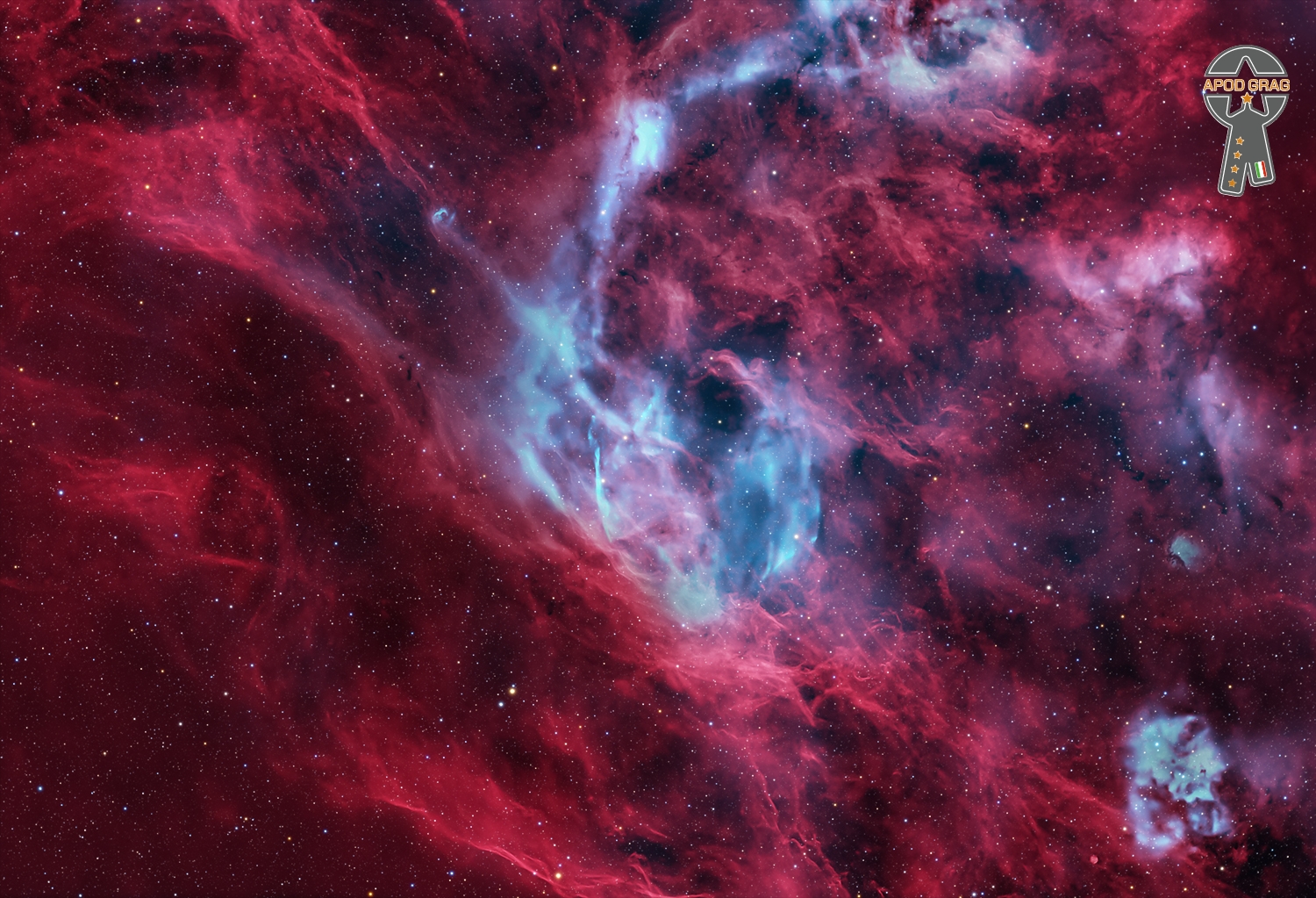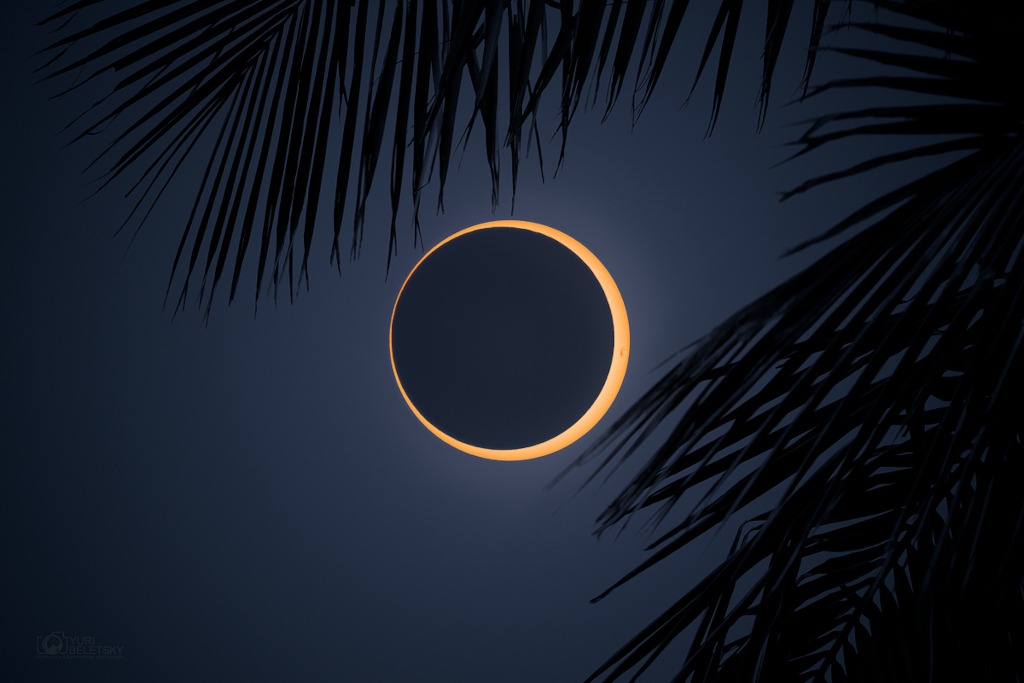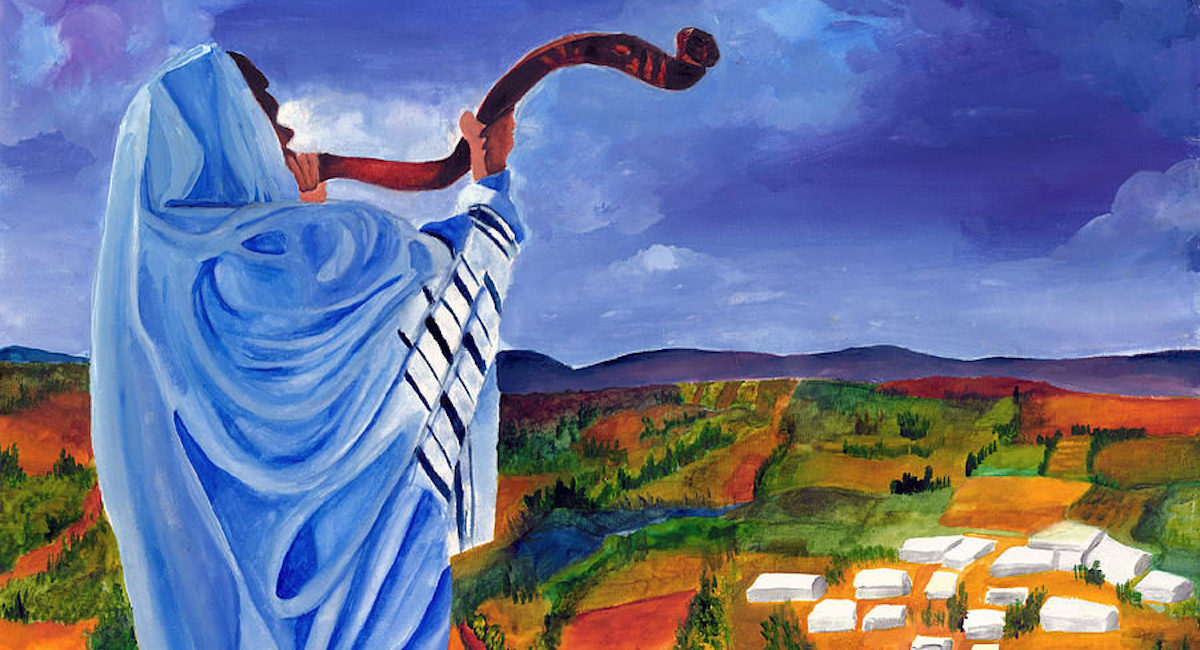Blog
Pharoah Sanders (born Ferrell Lee Sanders; October 13, 1940 – September 24, 2022 Little Rock, AK) was an American jazz saxophonist. Known for his overblowing, harmonic, and multiphonic techniques on the saxophone, as well as his use of “sheets of sound“, Sanders played a prominent role in the development of free jazz and spiritual jazz through his work as a member of John Coltrane‘s groups in the mid-1960s, and later through his solo work. He released more than thirty albums as a leader and collaborated extensively with vocalist Leon Thomas and pianist Alice Coltrane, among many others. Fellow saxophonist Ornette Coleman once described him as “probably the best tenor player in the world”.
Sanders’ take on spiritual jazz was rooted in his inspiration from religious concepts such as karma and tawhid, and his rich, meditative performance aesthetic. This style was seen as a continuation of Coltrane’s work on albums such as A Love Supreme. As a result, Sanders was considered to have been a disciple of Coltrane or, as Albert Ayler said, “Trane was the Father, Pharoah was the Son, I am the Holy Ghost“.
more...Raymond Matthews Brown (October 13, 1926 – July 2, 2002 Pittsburg, PA) was an American jazz double bassist, known for his extensive work with Oscar Peterson and Ella Fitzgerald. He was also a founding member of the group that would later develop into the Modern Jazz Quartet.
As a young man Brown became increasingly well known in the Pittsburgh jazz scene, with his first experiences playing in bands with the Jimmy Hinsley Sextet and the Snookum Russell band. Later, having heard stories about the burgeoning jazz scene on 52nd Street in New York City, he bought a one-way ticket to New York. He arrived in New York at the age of 20, met up with Hank Jones, with whom he had previously worked, and was introduced to Dizzy Gillespie, who was looking for a bass player. Gillespie hired Brown on the spot, and he soon played with such established musicians as Art Tatum and Charlie Parker. In 1948, Brown left Dizzy’s band to start a trio with Hank Jones and Charlie Smith.
From 1946 to 1951, Brown played in Gillespie’s band. Brown, along with the vibraphonist Milt Jackson, drummer Kenny Clarke, and pianist John Lewis formed the rhythm section of the Gillespie band. Lewis, Clarke, and Jackson eventually formed the Modern Jazz Quartet. Brown became acquainted with singer Ella Fitzgerald when she joined the Gillespie band as a special attraction for a tour of the southern United States in 1947. The two married that year, and together they adopted a child born to Fitzgerald’s half-sister Frances, whom they christened Ray Brown, Jr. Fitzgerald and Brown divorced in 1953, bowing to the various career pressures both were experiencing at the time, though they would continue to perform together.
more...
Leon “Lee” Konitz (October 13, 1927 – April 15, 2020 Chicago) was an American jazz alto saxophonist and composer.
He performed successfully in a wide range of jazz styles, including bebop, cool jazz, and avant-garde jazz. Konitz’s association with the cool jazz movement of the 1940s and 1950s includes participation in Miles Davis‘s Birth of the Cool sessions and his work with pianist Lennie Tristano. He was one of relatively few alto saxophonists of this era to retain a distinctive style, when Charlie Parker exerted a massive influence. Like other students of Tristano, Konitz improvised long, melodic lines with the rhythmic interest coming from odd accents, or odd note groupings suggestive of the imposition of one time signature over another. Other saxophonists were strongly influenced by Konitz, such as Paul Desmond and Art Pepper.
He died during the COVID-19 pandemic from complications brought on by the disease.
more...Arthur Tatum Jr. (October 13, 1909 – November 5, 1956) was an American jazz pianist who is widely regarded as one of the greatest ever. From early in his career, fellow musicians acclaimed Tatum’s technical ability as extraordinary. Tatum also extended jazz piano’s vocabulary and boundaries far beyond his initial stride influences, and established new ground through innovative use of reharmonization, voicing, and bitonality.
Tatum grew up in Toledo, Ohio, where he began playing piano professionally and had his own radio program, rebroadcast nationwide, while still in his teens. He left Toledo in 1932 and had residencies as a solo pianist at clubs in major urban centers including New York, Chicago, and Los Angeles. In that decade, he settled into a pattern he followed for most of his career – paid performances followed by long after-hours playing, all accompanied by prodigious consumption of alcohol. He was said to be more spontaneous and creative in such venues, and although the drinking did not hinder his playing, it did damage his health.
In the 1940s, Tatum led a commercially successful trio for a short time and began playing in more formal jazz concert settings, including at Norman Granz-produced Jazz at the Philharmonic events. His popularity diminished towards the end of the decade, as he continued to play in his own style, ignoring the rise of bebop. Granz recorded Tatum extensively in solo and small group formats in the mid-1950s, with the last session only two months before Tatum’s death from uremia at the age of 47.
more...Saturday October 12th 2024 4pm Yom Kippur service. Accompaniment with Jennifer Strauss-Klein, Tami Morse, Pat O’Keefe, Dave Burk and mick laBriola.
more...
In an area of the Cygnus constellation just west of Deneb, dominated by strong Ha emission in the background, making a characteristic three-dimensional effect, is this weak and beautiful SNR (also known as G82.2+5.3, CTB88 or W63) emitting in the optical range mainly in Oiii, even some Ha filaments are visible.
It is believed to have been the result of a SN between 14,000 and 21,000 years ago. It has a perspective size of about 86′ x 65′ and real dimensions of about 150 light years in diameter. Its filaments expand at a speed ranging between 35 and 70 km/s.
The SNR is about 5,000 light years away.

James “Sugar Boy” Crawford, Jr. (October 12, 1934 – September 15, 2012) was an American R&Bmusician based in New Orleans. He was the author of “Jock-A-Mo” (1954), which was later rerecorded as “Iko Iko“ by the Dixie Cups, and became a huge hit. The song was recorded by many other artists, including Dr. John, Belle Stars, the Grateful Dead, Cyndi Lauper, and (as “Geto Boys”) by Glass Candy.
Starting out on trombone, Crawford formed a band, which a local DJ, Doctor Daddy-O, named the Chapaka Shawee (Creole for “We Aren’t Raccoons”), the title of an instrumental that they played. Crawford recalled, “During high school we had a little band, nothing real organized at first. I was back playing piano… The other fellows in the band were Edgar “Big Boy” Myles, Warren Myles, Nolan Blackwell, Irving “Cat” Banister, and Alfred Bernard- just a bunch of youngsters having fun.” The group was signed by Chess Records president Leonard Chess and was renamed Sugar Boy and his Cane Cutters.
His song “Jock-A-Mo” became a standard at the New Orleans Mardi Gras, but Crawford disappeared from public view. In a 2002 interview for Offbeat magazine, he described how his career came to an abrupt halt in 1963, after a severe beating at the hands of state troopers incapacitated him for two years, forcing him to leave the music industry. In 1969, he decided to sing only in church. In 2012, he made a guest appearance singing gospel in an episode of the HBO series Treme. He died one month before the episode aired. James “Sugar Boy” Crawford was also Inducted into The Louisiana Music Hall Of Fame.
Crawford appeared on the 1995 album Let Them Talk, by Davell Crawford, his grandson. He made some stage appearances with Davell, including one at the New Orleans Jazz & Heritage Festival in 1996 and at the seventh annual Ponderosa Stomp in April 2008.
Among the artists Crawford recorded with was Snooks Eaglin.
Crawford died after a brief illness in a hospice in 2012, aged 77.
more...Napoleon Brown Goodson Culp (October 12, 1929 – September 20, 2008) better known by his stage name Nappy Brown, was an American R&B singer. His hits include the 1955 Billboard chart No. 2 “Don’t Be Angry“, “Little By Little”, and “Night Time Is the Right Time“. His style was recognizable; Brown used a wide vibrato, melisma, and distinctive extra syllables, in particular, “li-li-li-li-li.”
Brown was the son of Kathryn Culp and Sammie Lee Brown. After his mother died he was brought up by Fred and Maggie Culp. They attended Gethsemane AME Zion Church and he attended school in Charlotte, North Carolina. He began his career singing gospel music before switching to R&B. In 1954 he won a recording contract with Savoy Records, which yielded a series of hits, including “Don’t Be Angry” (No. 2 R&B, No. 25 pop, 1955), “Pitter Patter” (No. 10 R&B, 1955), “Little By Little” (No. 57 pop, 1956), and “It Don’t Hurt No More” (No. 8 R&B, No. 89 pop, 1958). Brown was among the biggest stars in R&B, frequently touring with the revues of Alan Freed.
His songs, along with those of his peers and contemporaries (such as Little Richard, Chuck Berry, and Fats Domino), were among the first wave of African-American pop music to become noticed and popular with white audiences. Elvis Presley reportedly used to see Brown perform whenever he appeared in Memphis. In addition to Brown’s influence on blues music, and 1950s R&B and pop, Brown’s powerful and protean voice, combined with his distinctive emotive style, is widely viewed as a key link in the development of soul music.
more...Robert Lewis Jones (October 12, 1925 – April 2, 1996 Decatur, GA), known as both Guitar Gabriel and Nyles Jones, was an American blues musician. Gabriel’s unique style of guitar playing, which he referred to as “Toot Blues”, combined Piedmont, Chicago, and Texas blues, as well as gospel, and was influenced by artists such as Blind Boy Fuller and Reverend Gary Davis. After hearing of Guitar Gabriel from the late Greensboro, North Carolina blues guitarist and pianist, James “Guitar Slim” Stephens, musician and folklorist Tim Duffy located and befriended Gabriel, who was the inspiration for the creation of the Music Maker Relief Foundation. Gabriel wore a trademark white sheepskin hat, which he acquired while traveling and performing with Medicine Shows during his late 20s.
more...Frank Floyd, known as Harmonica Frank (October 11, 1908 – August 7, 1984) was an American blues singer, guitarist and harmonicist.
Frank Floyd was born in Toccopola, Mississippi, the son of itinerant parents who separated without giving him a name, though he is recorded in the 1910 census as Shankles Floyd. He was raised by his sharecropping grandparents, who died while he was a teenager. He taught himself to play harmonica when he was 10 years old, and he eventually learned guitar. He gave himself the name Frank Floyd, and began performing in the 1920s for traveling carnivals and medicine shows.
He learned many types of folk music and became a mimic, effortlessly switching from humorous hillbilly ballads to deep country blues.
With his self-taught harmonica technique, he was a one-man band, able to play the instrument without his hands or the need for a neck brace. While also playing guitar, he perfected a technique of manipulating the harmonica with his mouth while he sang out of the other side. He could also play harmonica with his nose and thus play two harmonicas at once, a skill he shared with blues harp players Walter Horton and Gus Cannon’s partner Noah Lewis.
more...Alfred “Tubby” Hall (October 12, 1895 – May 13, 1945) was an American jazz drummer.
Hall was born in Sellers, Louisiana; his family moved to New Orleans in his childhood. His younger brother, Minor “Ram” Hall, also became a professional drummer. He played in many marching bands in New Orleans, including with Buddie Petit.
In March 1917, Tubby Hall moved to Chicago, where he played with Sugar Johnny Smith. After two years in the United States Army, he returned to playing in Chicago, mostly with New Orleans bands, joining Carroll Dickerson‘s Orchestra (recording with it in 1927) and later with the groups of King Oliver, Jimmie Noone, Tiny Parham, Johnny Dodds. Noted swing and big-band drummer Gene Krupa said that Hall and Zutty Singleton “were great! They knew every trick and just how to phrase the parts of the choruses behind the horns, how to lead a man in, what to do at the turn-arounds, when to use sticks and when to use brushes, when to go for the rims or the woodblocks, what cymbals are for.”
He is seen in Armstrong’s movies of the early 1930s, including the live action and Betty Boop cartoon I’ll Be Glad When You’re Dead, You Rascal You(1932) and A Rhapsody in Black and Blue (1932), made by Paramount. Only Armstrong and Hall got closeups in the two films, and both got their faces transposed with those of racially stereotyped “jungle natives” in the cartoon. Hall morphs from a jazz drummer to a cannibal stirring a cooking pot with two wooden sticks.
His drumming style was forceful and sober, generally maintaining a constant tempo on the snare. Jazz critic Hugues Panassié considered him one of the three greatest jazz drummers of his generation, along with Zutty Singleton and Warren “Baby” Dodds.
Tubby Hall died in Chicago.
more...October 12th 1946
Jay Epstein has put in several decades performing, recording, & touring in this jazz game. After college, I studied polyrhythmic concepts in Manhattan with Barry Altschul, the drummer in Chick Corea’s Circle. Lived in Hollywood, Oklahoma City, Montana, Miami, Minneapolis, and played in house bands for 5 years on several cruise ship lines. Been on 7 European tours with pianists Bill Carrothers & Giacomo Aula. Shared a few choruses with Rocky Robbins, Barney Kessel, Roseanna Vitro, Manfredo Fest, Sheila Jordan, Terry Gibbs, Greg Abate, Claudio Roditi, Gary Foster, Eric Alexander, Richie Cole, JoAnne Brackeen, Ernie Watts, Wayne Johnson, Karrin Allyson, Kenny Werner, Howard Levy, Bruce Henry, Toots Thielemans, Avashai Cohen, Bob Dorough, Marc Ribot, and Sarah Vaughan. My CDs, ‘Long Ago’ & ‘Easy Company’, featuring bassist Anthony Cox and pianist Bill Carrothers, have garnered luminous reviews in the international press. Current bands include Red Planet, Framework, Firebell, Tall Tales, Andrew Walesch, Sam Miltich, & Tim Sparks. I’ve endorsed Bosphorus Cymbals since 1997.
more...
From 2014 a decade ago. The Nyabinghi Collection Keta, Fonde, Buff, Lumina, Keta drums flashing the Red, Gold & Green

The second solar eclipse of 2024 began in the Pacific. On October 2nd the Moon’s shadow swept from west to east, with an annular eclipse visible along a narrow antumbral shadow path tracking mostly over ocean, making its only major landfall near the southern tip of South America, and then ending in the southern Atlantic. The dramatic total annular eclipse phase is known to some as a ring of fire. Also tracking across islands in the southern Pacific, the Moon’s antumbral shadow grazed Easter Island allowing denizens to follow all phases of the annular eclipse. Framed by palm tree leaves this clear island view is a stack of two images, one taken with and one taken without a solar filter near the moment of the maximum annular phase. The New Moon’s silhouette appears just off center, though still engulfed by the bright disk of the active Sun.

More Posts
- Julian Priester Day
- World Music with Paco De Lucia
- Daily Roots with Alton Ellis & the Heptones
- The Cosmos with Sharpless 2-106
- John Medeski Day
- David Honeyboy Edwards Day
- World Music with Odpoczno
- Daily Roots with Ras Tweed
- The Cosmos with M8
- Johnny “Big Moose” Walker Day
- Elmo Hope Day
- Shad Collins Day
- World Music with Eleftheria Arvanitaki
- Daily Roots with Israel Vibration
- The Cosmos with NGC 1187
- Reggie Workman Day
- Big Bill Broonzy Day
- World Music with Very Be Careful
- Daily Roots with Uwe Banton
- The Cosmos with M20

